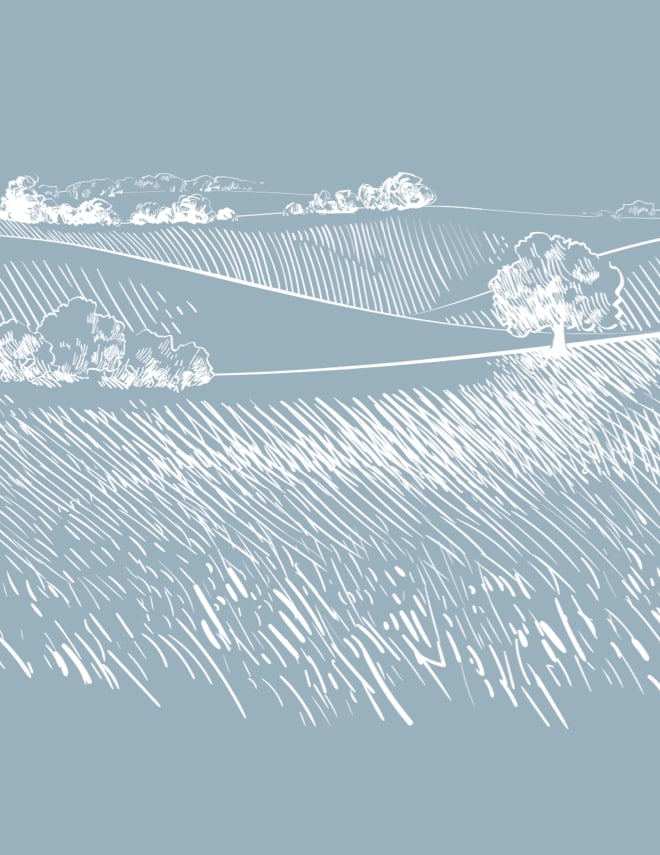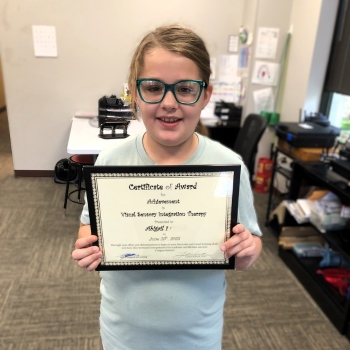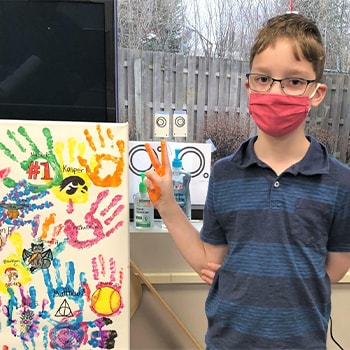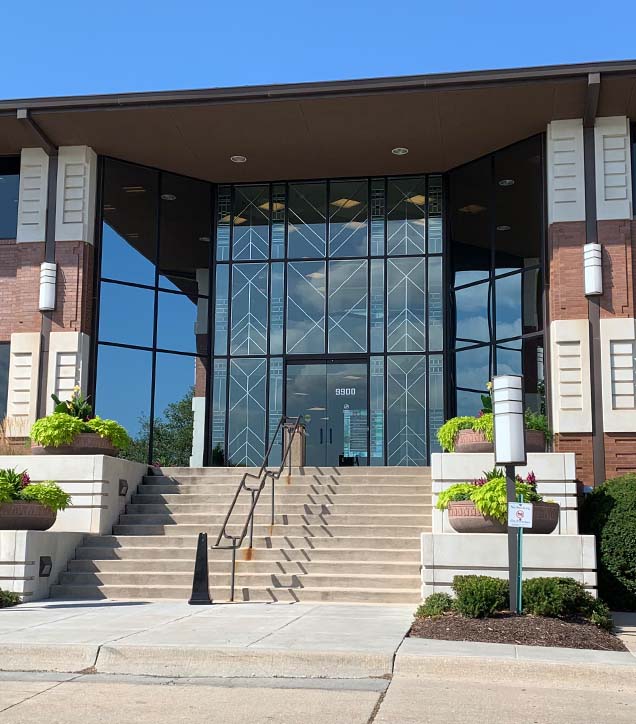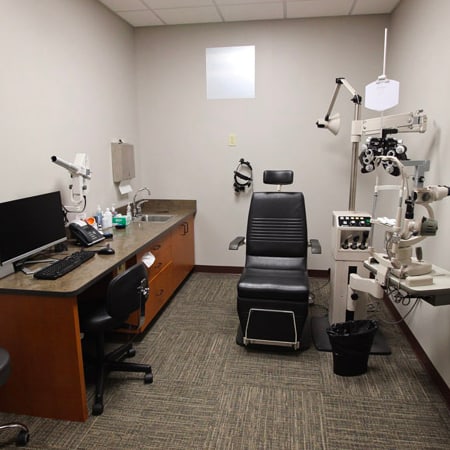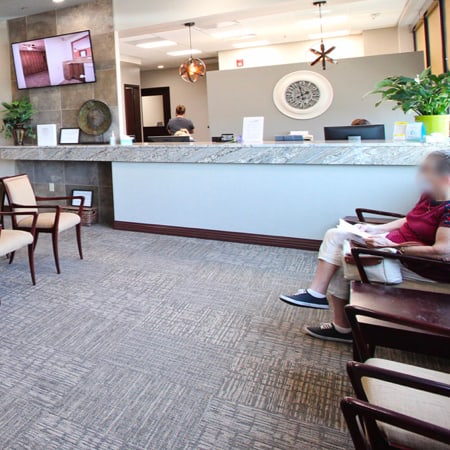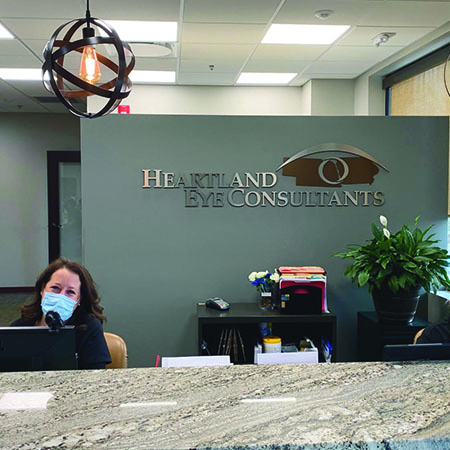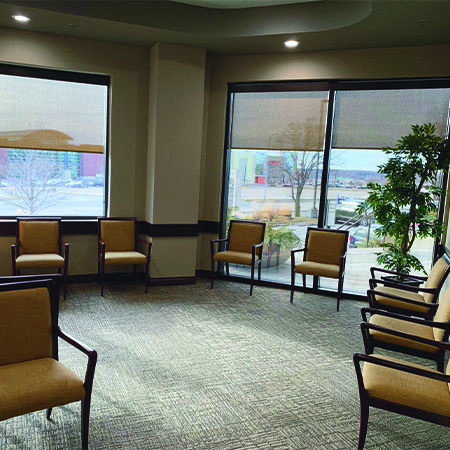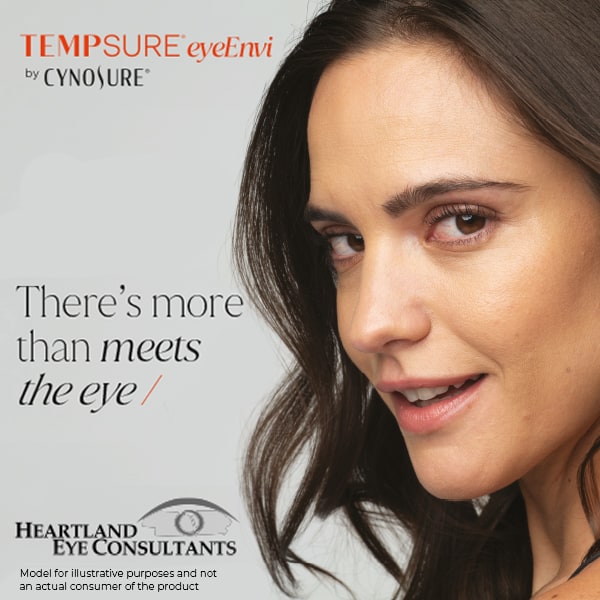Following a concussion or other Traumatic Brain Injury (TBI) there is often an interruption in communication between the eyes and the brain. Studies show that at least 50 percent of TBI patients suffer from visual dysfunctions, with one such study finding a 90 percent incidence of post-trauma visual complications, such as blurred vision, sensitivity to light, reading difficulty, headaches with visual tasks, and difficulties with eye movements.
Unfortunately, visual problems are often overlooked during initial evaluation of a concussion as some symptoms may not be present until days, weeks, or even longer following the incident. Following a concussion, a regular eye exam often doesn’t reveal the extent that the visual process is affected from a concussive injury. While an individual’s eyes may appear to be healthy and they are seeing clearly, they may be experiencing Post Trauma Vision Syndrome (PTVS), a condition where more extensive visual processes in the brain may be affected.
PTVS may impact one or more specific areas of visual function, so the effects can be varied. PTVS can affect a person’s ability to read, comprehend, and sustain attention. It can also cause dizziness/vertigo and headaches/migraines as well as cause difficulties with tracking moving objects and making stationary objects appear to move.
To assist concussion sufferers and their caregivers, as well as health care professionals who may see or be treating a patient following a concussion or other TBI, NORA and Concussion Legacy Foundation developed an educational resource titled Common Vision Problems & Symptoms Following a Concussion. It can be viewed and downloaded on NORA’s Patient Caregivers Resource page.
Spread the word and feel free to schedule an appointment if you or a loved one is suffering from symptoms related to a brain injury!










